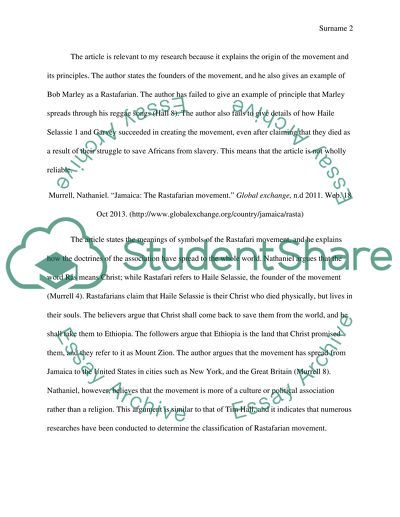Cite this document
(“Rastafari Essay Example | Topics and Well Written Essays - 2500 words”, n.d.)
Rastafari Essay Example | Topics and Well Written Essays - 2500 words. Retrieved from https://studentshare.org/religion-and-theology/1488239-rastafari
Rastafari Essay Example | Topics and Well Written Essays - 2500 words. Retrieved from https://studentshare.org/religion-and-theology/1488239-rastafari
(Rastafari Essay Example | Topics and Well Written Essays - 2500 Words)
Rastafari Essay Example | Topics and Well Written Essays - 2500 Words. https://studentshare.org/religion-and-theology/1488239-rastafari.
Rastafari Essay Example | Topics and Well Written Essays - 2500 Words. https://studentshare.org/religion-and-theology/1488239-rastafari.
“Rastafari Essay Example | Topics and Well Written Essays - 2500 Words”, n.d. https://studentshare.org/religion-and-theology/1488239-rastafari.


